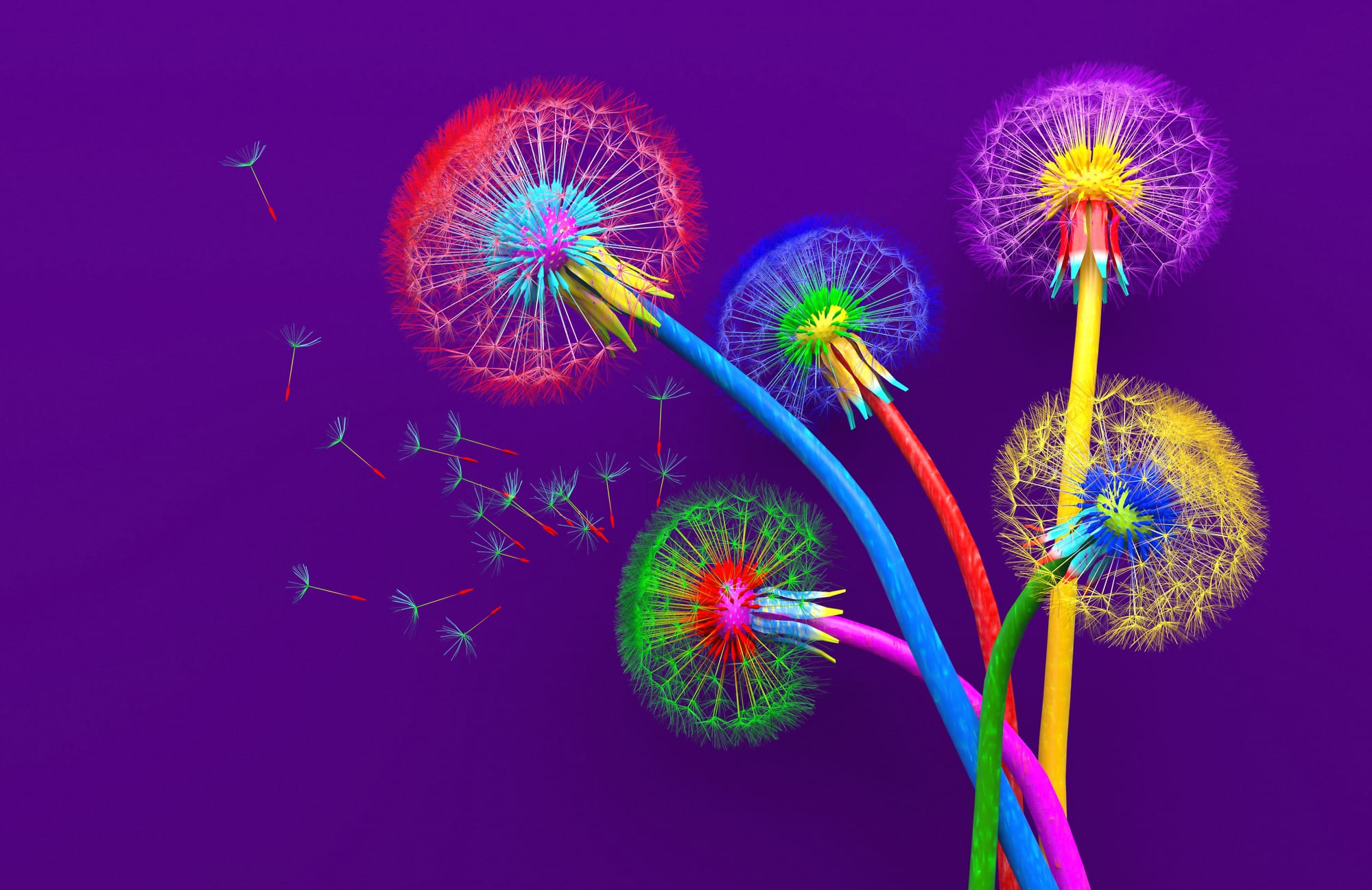Integrative and Holistic Creative Arts Therapy

Creative Arts Therapy is based on the concept of Play Therapy but utilises the creative mediums to support adolescents with social, emotional, behavioural, and mental health difficulties.
As with Play Therapy, central to all of the following approaches, is the therapeutic relationship. The therapist will initially use a young person’s interests and be directed by them in a person centred way. Focussing on both conscious and subconscious processes a post graduate level, fully certified, therapist is able to gain insight into young people’s emotional, behavioural, and developmental challenges.
By engaging in this type of therapy, young people can process difficult emotions, learn coping mechanisms, develop healthy relationships, and support the healing of unresolved trauma.
As well as talking, the following approaches can be used during Creative Arts Therapy:
Sand Tray Therapy Sand tray therapy is used to create scenes or narratives using miniature tools and figures. This allows young people to create physical manifestations of their internal worlds, exploring difficult emotions and conflicts. This method is particularly useful for those who have difficulties expressing complex emotions and experiences verbally.
Art Therapy This method uses creative expression through drawing, painting, modelling, and crafting. This allows people of all ages to externalise difficult and complex thoughts, emotions, and trauma through art, enhancing emotional insight and self-awareness.
Music Therapy All humans have the ability to respond to music. Music therapy uses this connection to facilitate emotional expression and positive changes in mental wellbeing and communication.
Drama and Movement Therapy This method involves using drama, dance, storytelling, movement, and theatre techniques as a way of communicating, expressing, and exploring difficult emotions and experiences.
Creative Arts Therapy is ideally suited to those aged 10+ years. However, it is also effective with younger children depending on their developmental stage and individual circumstances.